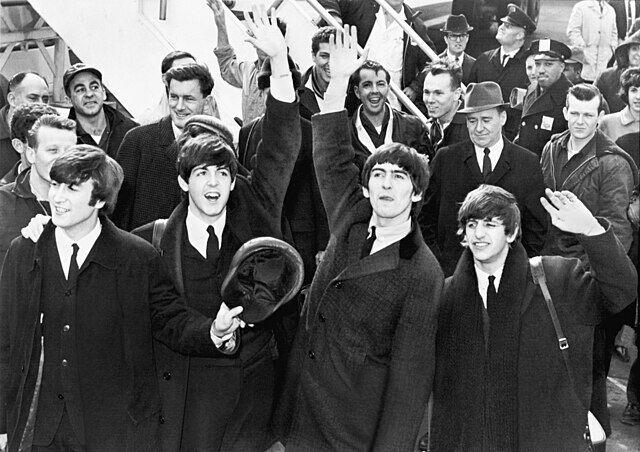From “How the Grinch Stole Christmas” to “Home Alone,” the holiday season is typically filled with classic films on repeat. While these classics may hold a special place in our hearts, there are plenty of movie alternatives to watch, including international movies.
International movies, or films outside of Hollywood, often tend to have different takes on holiday movies than what Hollywood audiences are used to seeing on screen.
Anu Thapa, assistant professor in the film studies program who specializes in films of the global south, spoke on the phenomena of holiday films in international cinema, specifically South Asian and Indian.
“I’ve been thinking about holiday movies, and especially because I work in the South Asian universe of film, I’ve been thinking about whether or not there are any like proper Diwali movies or even movies of the other big festivals, and honestly, I can’t think of any film,” Thapa said. “I’d like to think that I have a good range of knowledge about Asian cinema, but I can’t think of a film that is packaged as a ‘holiday’ film.”
Thapa said this doesn’t mean South Asian films lack holiday presence on screen, but rather that holidays serve a different purpose, one that strays away from Hollywood’s idea of what a holiday film is. Instead of serving as the entire film, holidays and festivals can be plot carriers.
“They do festivals, which in my opinion, function as a plot point,” Thapa said. “There will be big events that kind of carry the narrative forward and then provide some form of spectacle to the movie in the film itself.”
Thapa also said the reason behind holidays and festivals serving as plot points rather than building the entire movie is time.
“I’m inclined to say that it would be pretty difficult to make a film that is solely about Diwali, especially if you think about Indian popular cinema because these ones are long,” Thapa said. “You’re not talking about a 90-minute movie; we’re talking about two, two and a half hours, three hours.”
Karan Johar’s “Kabhi Khushi Kabhie Gham” is an example of a film that includes holidays in its plot.
“There are kinds of festival tropes within films rather than the center, in some way symbolizing things,” Thapa said. “Diwali becomes this iconic plot point, like if you look at Karan Johar’s films, like ‘Kabhi Khushi Kabhie Gham,’ but never quite an entire film just about it.”
While South Asian and other international film industries may not have holiday movies the way Hollywood does, that doesn’t necessarily mean there aren’t films specifically released during holiday seasons.
“I think the industry itself revolves around the events in a very interesting way,” Thapa said. “I wouldn’t think of a Hollywood big release, necessarily during Christmas, because this is the time for holiday movies and for people to stay in with their families. However, in India, they will have big releases that may not be about the festival themselves. For example, [Indian actor] Salman Khan has always released a film during Eid.”
For those interested in watching more international films, Thapa said to start by looking at the options available in streaming services.
“I think we’re living in this moment where, with streaming platforms, there are just so many options,” Thapa said. “I think it’s much easier to access global films from or TV series around the world that are not necessarily the ones that have been made mainstream by Hollywood or the festival circuit. So I would just say to do a little bit of digging on Netflix, Amazon Prime, Hulu and all of these places where you can find a lot of these international films.”
NC State University Libraries also offer easy and accessible opportunities, such as its global film series, for students to become more familiar with international films.
Marian Fragola, director of community and engagement of NC State Libraries, said the global film series is a great way for students to explore different voices.
“We do the global film series, which students really enjoy,” Fragola said. “I think these events are a great way to explore new voices. … We also have interactive opportunities; we do making events; we do creative journaling events and much more.”
Thapa gave some recommendations for starter films based on her personal experiences and those she teaches in her film classes. These included the newly released Bollywood movie “Jawan,” 1936’s “Achhut Kannya,” translated to “Untouchable Maiden,” Marjane Satrapi’s “Persepolis” and Bruce Lee’s martial arts films.
“If you want to have a global perspective, if you want to have that kind of exposure, the quite literally easiest way to do it is to just sit on your couch and turn on the TV,” Thapa said. “Just explore a bunch of stuff. There’s so much available at this point that I can’t even keep track of all the stuff that’s on.”














